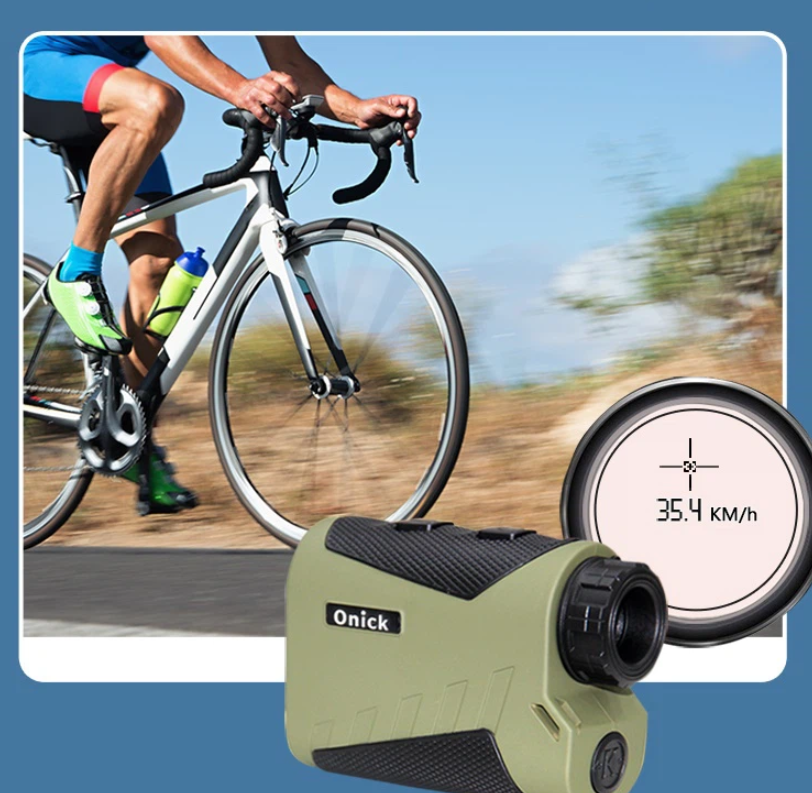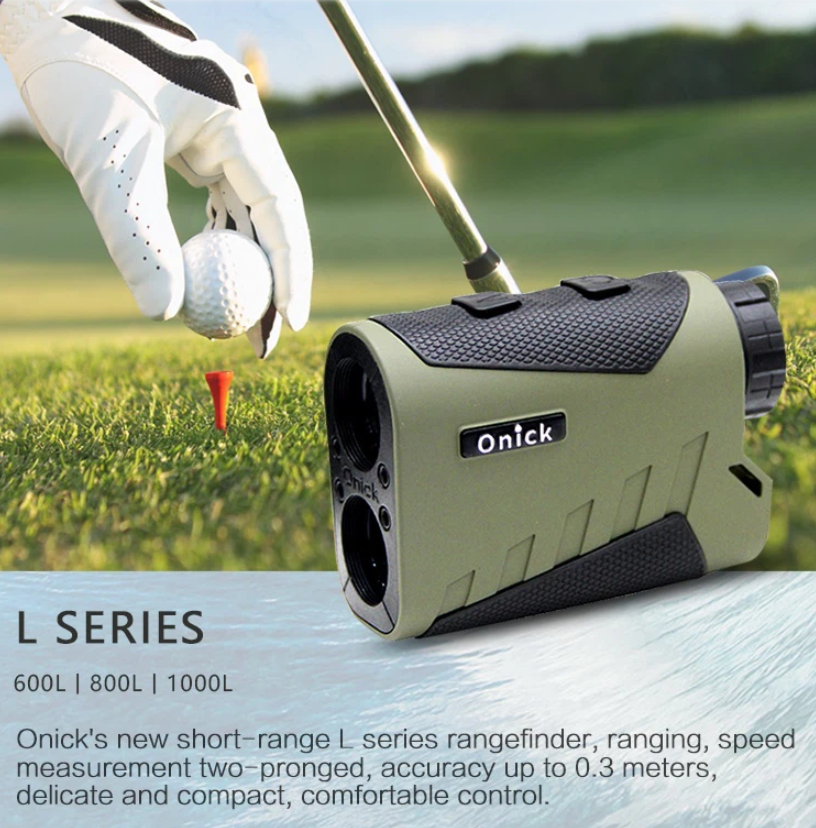What is an infrared rangefinder?
Infrared rangefinder, also known as infrared rangefinder or infrared photoelectric rangefinder, is a phase-type photoelectric rangefinder with infrared light as the light source. It is a type of laser rangefinder. It usually uses gallium arsenide light-emitting diode as the light source. It has the advantages of small size, light weight, easy operation, fast ranging speed and high precision. It is widely used in water conservancy, mining, urban planning and military engineering measurement.

Is the infrared rangefinder accurate?
Infrared rangefinder belongs to phase-type laser rangefinder, which has the advantages of high automation, fast ranging speed and high precision. It is relatively accurate. However, if it is used improperly or maintained poorly, the performance of the infrared rangefinder may change, resulting in reduced accuracy.
Common errors of infrared rangefinders include aiming error, amplitude and phase error, centering error, periodic error, error caused by signal-to-noise ratio, etc. Among them, there are accidental errors and systematic errors. A good surveying staff should master the instrument performance of the infrared rangefinder so that the instrument can be used for observation within the small error area of the instrument.
How to calibrate an inaccurate infrared rangefinder
Inaccurate infrared rangefinder measurement will affect measurement and subsequent projects, so it is necessary to frequently test the rangefinder and calibrate it in time if it is found to be inaccurate. So how to calibrate the infrared rangefinder?
1. First check the infrared rangefinder itself to see if there is any fault. Confirm that it is not a component problem before starting calibration.
2. When calibrating, choose a fixed position, place the tripod and fix the infrared rangefinder on the tripod.
3. Fix a target at a distance of about 30 meters, use the infrared rangefinder to measure the distance, record the reading, and use a qualified laser rangefinder to record the reading.
4. Move the target distance to 20m and 25m respectively, repeat the measurement 3-5 times and record the reading.
5. Take ±3mm as the allowable error range, compare the difference between the three measured values of the qualified laser rangefinder and the measured value, and then adjust to calibrate.


